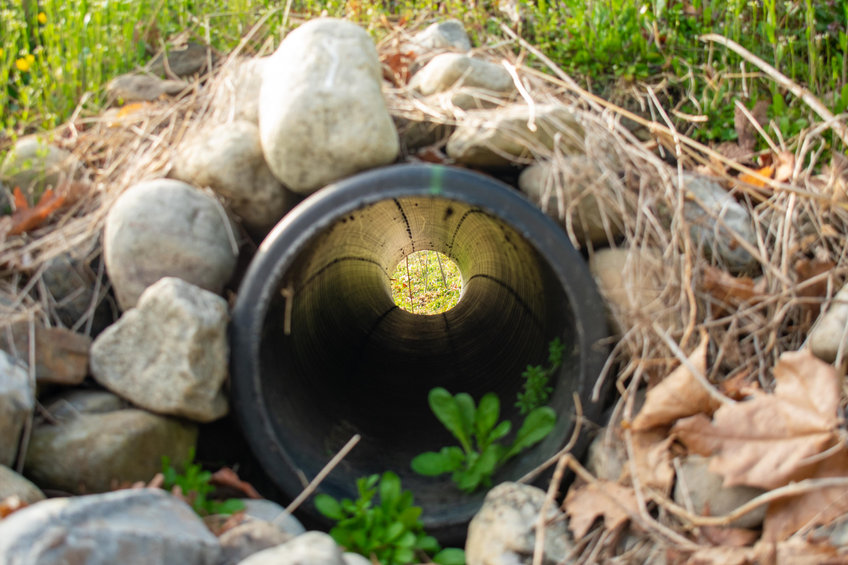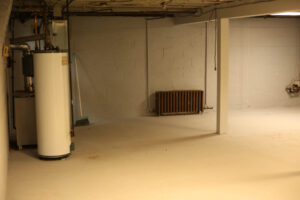
Though most homeowners have not heard of a French drain, a surprising number can benefit from one. French drains create a pathway for water to pass through. Water is redirected to a trench filled with gravel, subsequently transmitted to a perforated pipe at the trench bottom and away from the home. Let’s take a closer look at French drains and the situations in which they are essential.
French Drain Functionality
Water flows downhill due to gravity. French drains are designed to take advantage of such physics as they are sloped trenches laden with round gravel and a pipe to send water away from the house. Most people assume French drains are a reference to the country of France. The little-known truth is this unique type of drain is named after a mid-10th century farmer and judge from Concord, MA. French detailed his drain idea in a book written way back in 1859 about farm drainage.
As noted above, French drains facilitate the flow of water away from your property with a channel that permits water flow. Water moves to the gravel trench, through the perforated pipe at the trench bottom, and is emptied away from your house. Ideally, the trench bottom will be sloped a single inch for every eight feet in the direction water should be redirected. The water guided away from your home with a French drain will be transmitted to a dry well, a drainage ditch, or another part of the property at a low elevation.
Why French Drains are Necessary
If you are a homeowner with a wet basement or a moisture-laden yard, you can likely benefit from a French drain. There are several other reasons for homeowners to install this type of drain. As an example, if you decide to build a retaining wall along a portion of your property with a significant slope, a French drain will certainly help. Any issues with surface water along your property should also spur the installation of a French drain. If your driveway washes out, it is a clear sign you need a French drain.
The Issue of Surface Water
If surface water has become a problem at your property, you can benefit from a shallow French drain. This drain stretches horizontally and uphill of the part of the property to be dried. The drain collects water and redirects it around the soggy portion of the land. A French drain a couple of feet deep and wide will likely suffice.
A French Drain for Water in the Basement
An especially deep French drain will be necessary if water has moved into the basement. Also referred to as a footing drain, this drain extends along the home’s perimeter to gather water before it moves into the basement.
Constructing a Retaining Wall on a Hill
The addition of a retaining wall on a hill will necessitate the addition of a French drain. This drain should be positioned behind the initial group of blocks/stones. If the drain is placed elsewhere, water that moves downward will gradually accumulate behind the wall and sabotage its ability to serve its intended purpose. Your French drain pipe must rest on the gravel base/concrete footing used to keep the wall in place. However, the drain will eventually clog with silt unless you place a cloth along the base/footing and up the slope prior to adding the pipe/drain gravel.
French Drains are Worth the Money
French Drains are somewhat costly and challenging to install after the house has been built yet few homeowners have the foresight to install this type of drain when the house is being constructed. French drain installation designed to redirect water away from the basement is more expensive than other varieties yet you should not be scared away by the price! The alternative is to let water gradually saturate your property to the point that it is worth significantly less than what you paid.
If you feel your property may benefit from the installation of a French drain, contact us today to discuss how our experience with drainage issues can help you. We are experts at keeping your yard looking its best!



